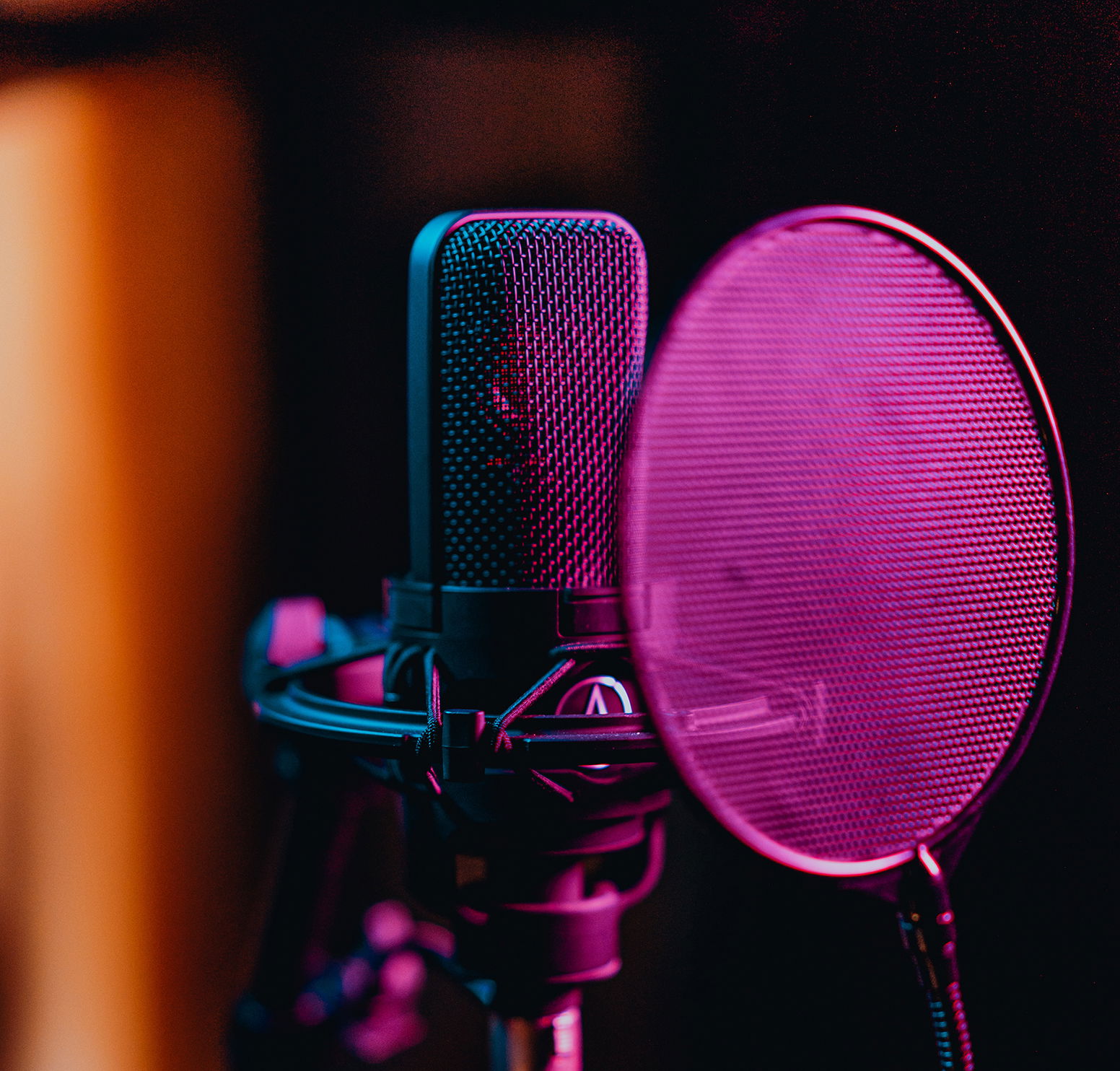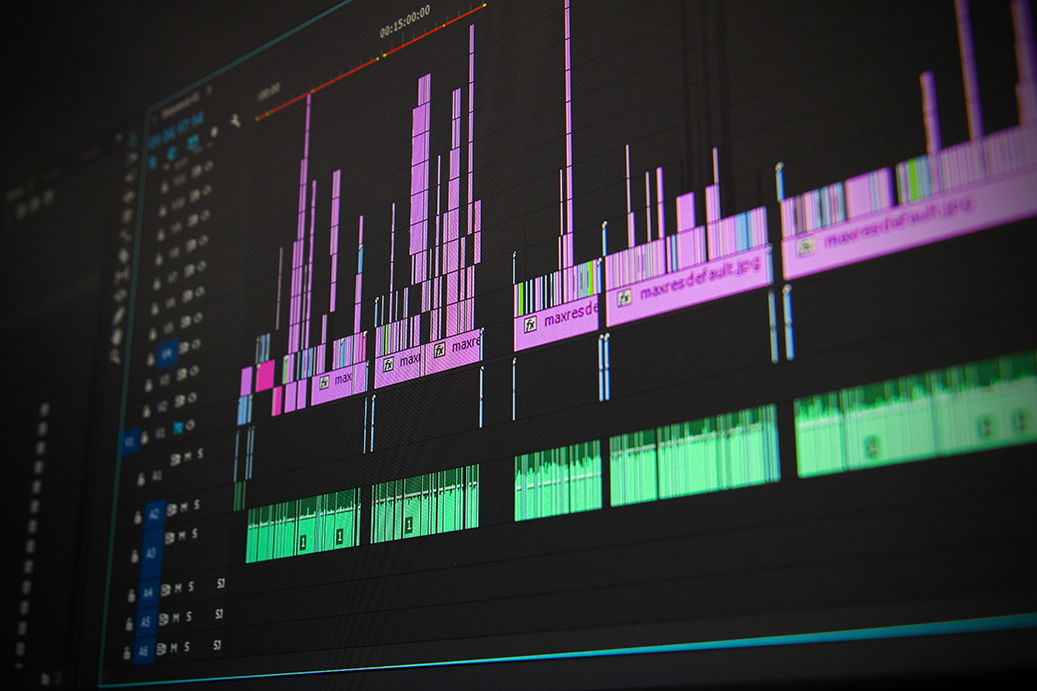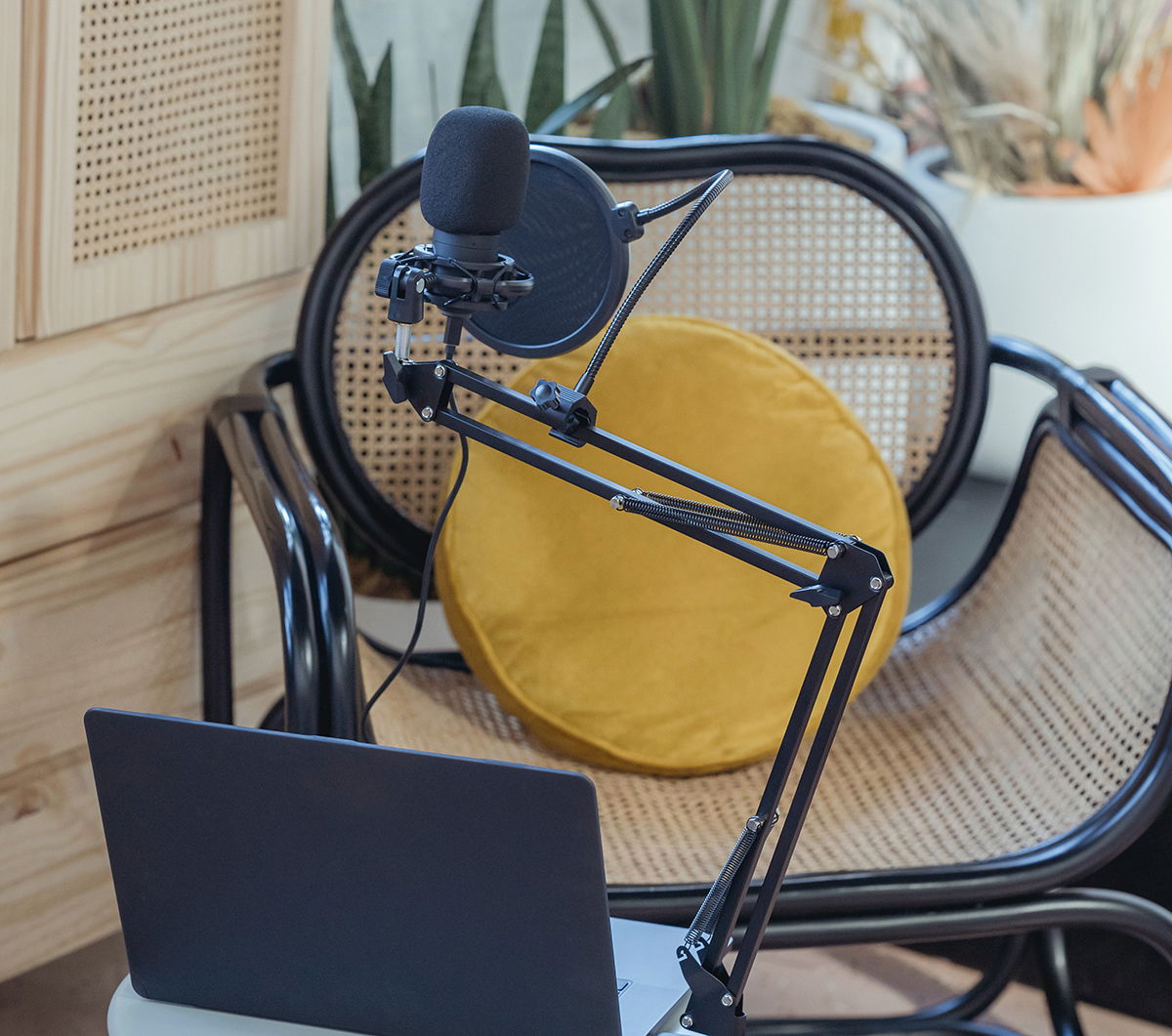What microphone should you use for voiceover recording for eLearning and video narration?

What microphone should you use for voiceover recording for eLearning and video narration?
When it comes to creating voiceovers for online learning materials, your choice of microphone can significantly impact the quality of the educational experience. Imagine it as the difference between a clear teacher's explanation and a muffled one. One microphone that shines in this context is the "condenser microphone." It's like the superstar of microphones.
It’s very different to a dynamic microphone, which is often seen on stage. You may have even used one of these at the karaoke.
In simple terms, the main difference between a dynamic and condenser microphone is how they capture sound:
Dynamic Microphone: These are robust and less sensitive microphones. They work like a speaker in reverse, using a diaphragm attached to a coil of wire moving within a magnetic field to generate an electrical signal. Dynamic mics are great for handling high sound pressure levels (e.g., live performances) and are less sensitive to subtle nuances.
Condenser Microphone: These microphones are more sensitive and precise. They use a diaphragm placed close to a backplate, forming a capacitor. When sound waves hit the diaphragm, it causes variations in the capacitance, which are then converted into an electrical signal. Condenser mics are excellent for capturing subtle details in sound and are often used in studios for voiceovers, singing, and recording instruments.
Now, let's discuss why a condenser microphone is better for voiceover work:
Voiceovers require clear and detailed audio recording. Condenser microphones are preferred for this task because of the following reasons:
Sensitivity: Condenser microphones are highly sensitive and can capture a wide range of frequencies and nuances in the human voice. This sensitivity helps in producing clear, crisp voice recordings.
Low Noise: They have low self-noise, which means they introduce minimal unwanted background noise into the recording. This is crucial for achieving professional-quality voiceovers.
Accuracy: Condenser mics accurately reproduce vocal tones and nuances, making voiceover work sound natural and true to the speaker's voice.
Versatility: Many condenser microphones offer features like selectable polar patterns (e.g., cardioid, omnidirectional), allowing you to tailor the microphone's response to your recording environment and needs.
Studio Use: Condenser microphones are commonly used in recording studios for voiceovers, podcasting, and music production because of their superior audio quality.
In summary, while dynamic microphones have their strengths in specific applications like live performances, condenser microphones excel in capturing the subtleties of human voice, making them the preferred choice for voiceover work where clarity and precision are paramount.
We’re talking about podcasting more on our digital skills community. Join free here > www.helpwithdigital.com




